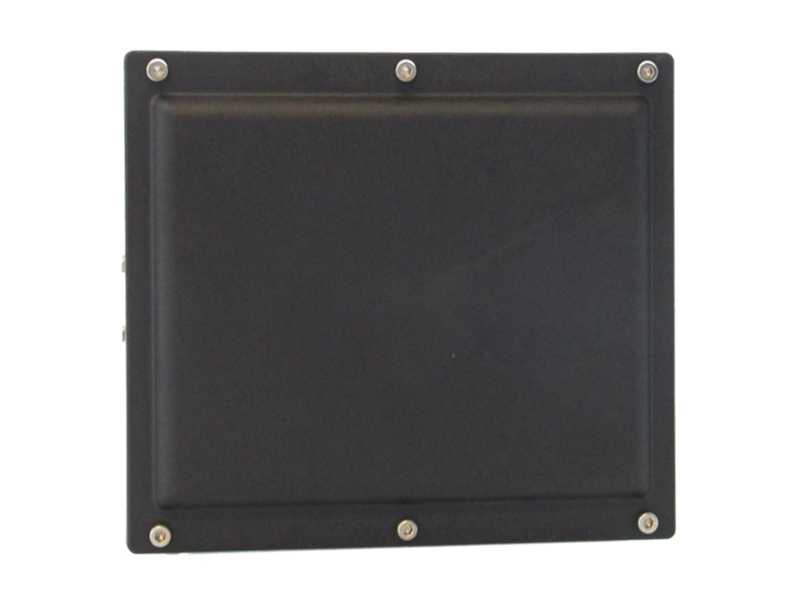Applications of smartmicro Radar in the Intelligent Transportation Field

The intelligent transportation system is a crucial direction for the development of modern transportation. Aimed at resolving traffic congestion and enhancing safety and efficiency, the smartmicro radar has gained prominence in this field thanks to its advanced technology. It demonstrates significant advantages at the application level, effectively driving the efficient operation of intelligent transportation systems.
In traffic flow monitoring, the high-precision detection capabilities of the smartmicro radar are of utmost importance. Take the traffic flow monitoring on highways as an example. It can detect vehicle speed, distance, and angle with extremely high accuracy. The speed accuracy of vehicles can reach 0.1 m/s, and the distance accuracy can reach the centimeter level. This means that when counting the traffic flow, it can precisely distinguish each vehicle, avoiding counting errors caused by detection errors. In urban road traffic flow monitoring, especially at complex intersections, its high precision ensures the accurate identification of the driving states of vehicles in different directions and lanes. This provides accurate data for optimizing the signal timing. For instance, it can accurately determine the queue length of vehicles in a certain lane, enabling traffic management departments to adjust the signal duration accordingly, reducing vehicle waiting time and improving the traffic efficiency of the intersection.
In urban intersections with dense traffic flow or multi-lane highways, the traffic conditions are complex, with a large number of vehicles and diverse driving trajectories. The smartmicro radar has the powerful ability to track up to 256 target objects simultaneously. At urban intersections, vehicles making turns, going straight, or making U-turns can all be tracked in real-time and accurately, without target loss or confusion. This enables the traffic signal control system to comprehensively understand the traffic situation at the intersection and achieve adaptive signal control. When vehicles from multiple directions enter the intersection simultaneously, the radar clearly tracks each vehicle, and the system flexibly adjusts the signal phase sequence and duration based on this information to ensure smooth traffic flow. On highways, it can also precisely track vehicles traveling at different speeds and intervals in multiple lanes, providing a reliable basis for traffic management departments to monitor road operation conditions and predict traffic jams.
Compared with traditional traffic detection equipment, the smartmicro radar has obvious advantages in installation and maintenance. Traditional induction coils need to be installed by breaking the road surface. The construction process is complicated, causing significant interference to traffic, and the installation cost is high. In contrast, the smartmicro radar only needs to be installed on roadside poles or gantries without the need to break the road surface, greatly reducing the installation cost and construction difficulty. In terms of maintenance, when an induction coil fails, the road surface needs to be broken again for repair, which takes a long time and affects traffic. The smartmicro radar is relatively easy to maintain. When a problem occurs with the equipment, technicians can directly conduct inspections and repairs at the installation location, reducing interference to traffic, as well as reducing maintenance costs and time costs, and improving the operational efficiency of the intelligent transportation system.
ITS Teknik has adopted smartmicro’s 24GHz radar in the Danish traffic signal system. In the complex environment of intersections, the radar, leveraging its multi-target tracking advantage, clearly detects the positions and speeds of every road user, tracking up to 256 objects simultaneously and providing accurate data for real-time traffic management. In adverse weather conditions, its environmental adaptability is highlighted. Even in rain or snow, it can still operate stably, ensuring accurate signal control. Its easy installation advantage is also demonstrated. The installation process did not cause long-term interference to the traffic at the intersection, and subsequent maintenance is simple. This has helped the system successfully optimize signal control and improve the safety and traffic efficiency of the intersection.
Recent Posts
- Wavetronix SmartSensor: Transforming Traffic Management with Intelligent Radar Technology
- Speed Enforcement Solutions: Precision, Performance, and Multi-Lane Control with Next-Generation Radar Technology
- Unlocking Precision and Safety with Long Range Radar Sensor
- 4D Radar: The Next Evolution in Intelligent Sensing for Traffic and Security Applications
- Radar Sensors: Practical Solutions for Traffic and Security Challenges
- Traffic Enforcement System: Elevate Road Safety
- Vehicle Detection Sensors: Four High-Impact Use Cases That Deliver Immediate Results
